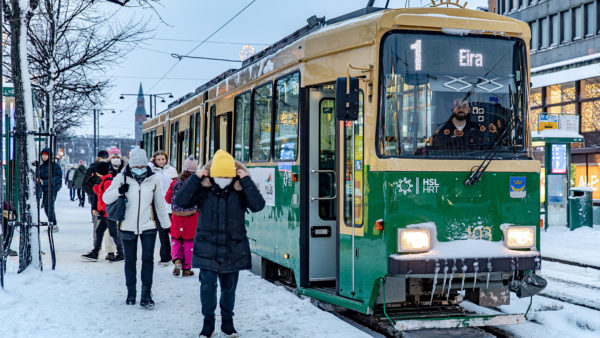US construction spending is at its highest level since 2008, with industrial projects leading the way – but now there are warnings of a skills shortage.Â
Construction spending in July totalled $981 billion at a seasonally adjusted annual rate, up 1.8% from June, and 8.2% higher than in July last year, according to the US Commerce Department.Â
That is the highest spending level the US has witnessed since December 2008, according to the Associated General Contractors of America (AGCA).
Industrial construction has done particularly well. The largest private nonresidential type of construction, power – which includes oil and gas fields and pipelines as well as electric power generating schemes – soared 7.5% in July and 29% from a year earlier.
Funding is still inadequate for needed public infrastructure improvements– Ken Simonson, the AGCA’s chief economist
Notable projects in this category include the Kemper County power plant near Meridian, Mississippi (pictured). Now under construction, the facility will be the only US commercial power plant that captures its own carbon emissions.Â
Manufacturing construction jumped 4.4% and 25%, respectively.Â
Private nonresidential spending increased 2.1% from June and 14% from a year earlier, while private residential spending grew 0.7% for the month and 8% year-on-year.Â
Public construction spending rose 3% from June to July but only 2.1% year-on-year.Â
Single-family home construction gained 0.5% and 9.4% while multifamily spending rose 0.2 percent and 41%.Â
As of July, construction activity in private nonresidential structures was at its highest level in five years.Â
“It is encouraging to see signs of a broad-based recovery in private construction along with a recovery – at least for now – in public construction investment,” said Ken Simonson, the AGCA’s chief economist.Â
He said private nonresidential construction “should remain strong” through the rest of 2014 and beyond, and that residential spending is likely to keep growing, though at a more moderate pace.Â
“However,” he said, “funding is still inadequate for needed public infrastructure improvements.”Â
And, as welcome as the increases are, the AGCA cautioned that worker shortages are likely to get more severe as demand rises.Â
Already, a survey conducted by the AGCA with SmartBrief found that one in four (25%) of responding firms said they had already turned down projects because of labour shortages, while two-thirds said they were having a hard time finding workers.Â
“As demand for construction rebounds, many firms are finding that the pool of available workers is pretty shallow,” said Stephen E. Sandherr, the AGCA’s chief executive officer. “Retiring older workers, strong demand in other sectors of the economy and few younger people seeking careers in construction are combining to create workforce shortages for many construction firms.”






